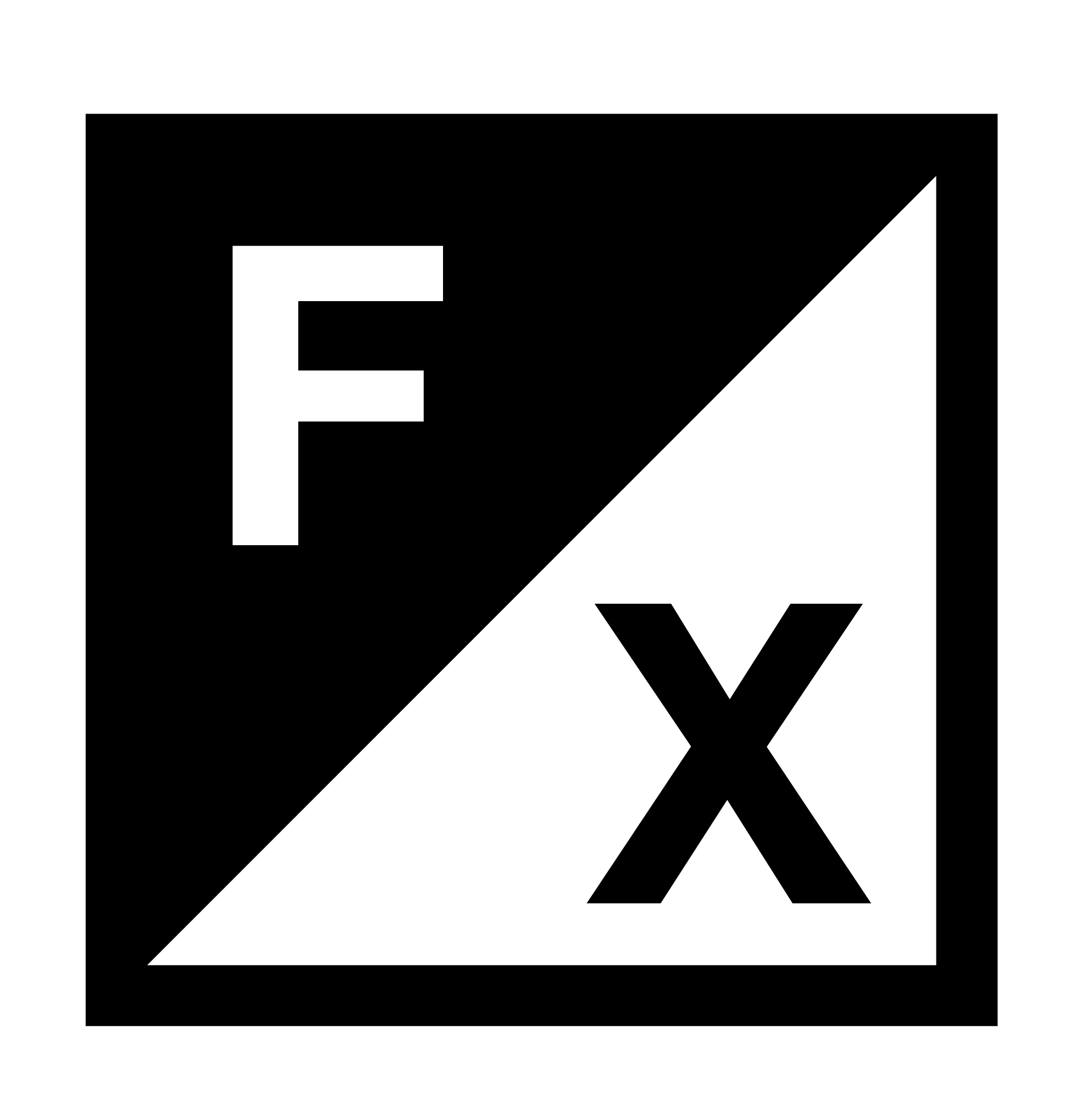The Leading Innovation in Fashion Technology lab (FX LIFT) provides our students and industry partners with a suite of technologies that will bring products to market in a faster and more sustainable way—producing designs locally and with less waste. We are excited about the potential to transform the fashion industry. Implementation of these new technologies provide local industry with access to equipment to conduct research, to integrate innovation and bring their products to the market faster.
Laser Cutting Technology
Laser cutting can be used by designers to cut designs into materials or to engrave designs onto the surface. Very fine details and intricate patterns can be achieved on most textiles with clean, perfectly sealed edges on synthetic materials. Designers can test their imagination to achieve effects that couldn’t have been done before, with precision and speed. Examples are: combining cut out layers with underlying fabrics of different colours, using cut outs for lace like or weblike effects, or by replicating minute cuts in repeat patterns. In fashion, laser cutting works well with many natural and synthetic fibres, and heavier textiles such as denim, lightweight such as jersey knits, but also leather, wood, and acrylic for accessory projects. With the Trotec laser cutter at FX, designers are able to work with us to utilize this technology in their production..
Laser Cutting combine with Dye Sublimation
Laser technology is taught at FX to train Women in Fashion TECH students to become laser cutting operators for employment in the industry.
ADVANTAGES
Perfect sealed edges when cutting synthetic materials
- No fraying, seams, or post-processing is required
Accurate precise cutting
- Allows very fine detail
Repetition of design
- Allows to repeat a design multiple times.
- To create same product multiple times.
Relative speed
- Once the file is completed the time on the machine is relatively quick.
Scaling
- Scale same design up and down for different sizes of the same garment
- Scale different sizes of the pattern for different placement on the garment
Perfectly positioned cuts or engraving
- Perfectly position design on specific pattern pieces
- Cut pattern piece as part of process
TROTEC Laser Cutter
“The laser is a very versatile tool for the fashion industry. Laser cutting individual patterns in fabrics, creating patterns, refining finished garments or accessories – a laser scores with precision and flexibility. The laser beam melts synthetic materials when cutting, so that lint production is greatly reduced with fluffy materials. The results are clean, perfectly sealed edges. With laser engraving, a more tangible haptic effect can be achieved. This means end products can be specially refined”.
Design Applications
Laser cutting
Laser can be use to cut through a wide variety of materials to create intricate cut outs as programmed with software. Whatever can be designed on the computer screen, can be translated to a laser file to control the laser to perfectly cut or engrave.

Engraving
Laser cutting offers you the option to engrave different materials. including textiles. This gives designers multiple design possibilities. The laser operator controls the the depth of the laser to only etch the surface rather than cut through the material.

Laser on textiles
Laser cutting will quickly and easily laser cut a variety of textiles, including cotton, hemp, felt, silk, linen, polyester, fleece, denim, natural leather and suede. Designers will be able to give that unique touch to their garments, achieving high quality effects that couldn’t have been done before, with precision and speed.

Materials
What to cut
What NOT to cut
- PVC (polyvinyl chloride) pleather
- ABS plastic
- Epoxy
- Fibreglass
- Coated carbon fibre, carbon materials
- Neoprene (except styrene butadiene rubber)
- Polystyrene foam or foam core, or polypropylene foam
- Polycarbonate Lexan
- HDPE milk bottle plastic

Laser for Fashion
Laser cutting can be used by designers to cut designs into materials or to engrave designs onto the surface. Very fine details and intricate patterns can be achieved on most textiles with clean, perfectly sealed edges on synthetic materials. No fraying and no further edge finishing needed.
Featured design by Zoran Dobric

Laser for Jewellery
Easily cut multiples of the same piece with accuracy and precision. laser adapts well to jewellery because of the precision of small items.

Laser for Accessories
Whether you use it to engrave a surface or to cut extravagant shapes, you can create unique laser details on home textiles, home accessories, and personal accessories.

Laser file preparation
- It all starts with a digital Adobe Illustrator file.
- Program design in laser software to cut, engrave, depending on power, speed and depth of laser.
- Easily repeatable to make additional copies.

Start your project with FX
Contact Us - Review meeting
Preparation of the file
Testing
Final file set up
Approve Sample - Laser cutting process
Designer’s Work
Zoran Dobric
Zoran Dobric is one of the first Toronto fashion designers to experiment with laser cutting in his collections. The examples of Zoran’s work shown here illustrate how he has used laser cutting in the past to develop truly unique designs by cutting the fabric in intricate patterns or using layering of cutout pieces onto substrate fabrics. Laser engraving is another way this technology can be used to embellish fabrics. Fashion Exchange was excited to partner with Zoran on research for an upcoming collection combining both laser cutting and dye sublimation printing.
Fill out the form below to contact us and discuss your project for the FX LIFT Technology Lab.

COMMUNITY ENGAGEMENT
Shahrzad Sadeghi
Community Engagement Manager
shahrzad.sadeghi
@georgebrown.ca
Program Registration / Education Support / Field Placement
Jeanine Larmour
Student Success & Industry Liaison
Kathy McGown
Program Support & Industry Liaison





